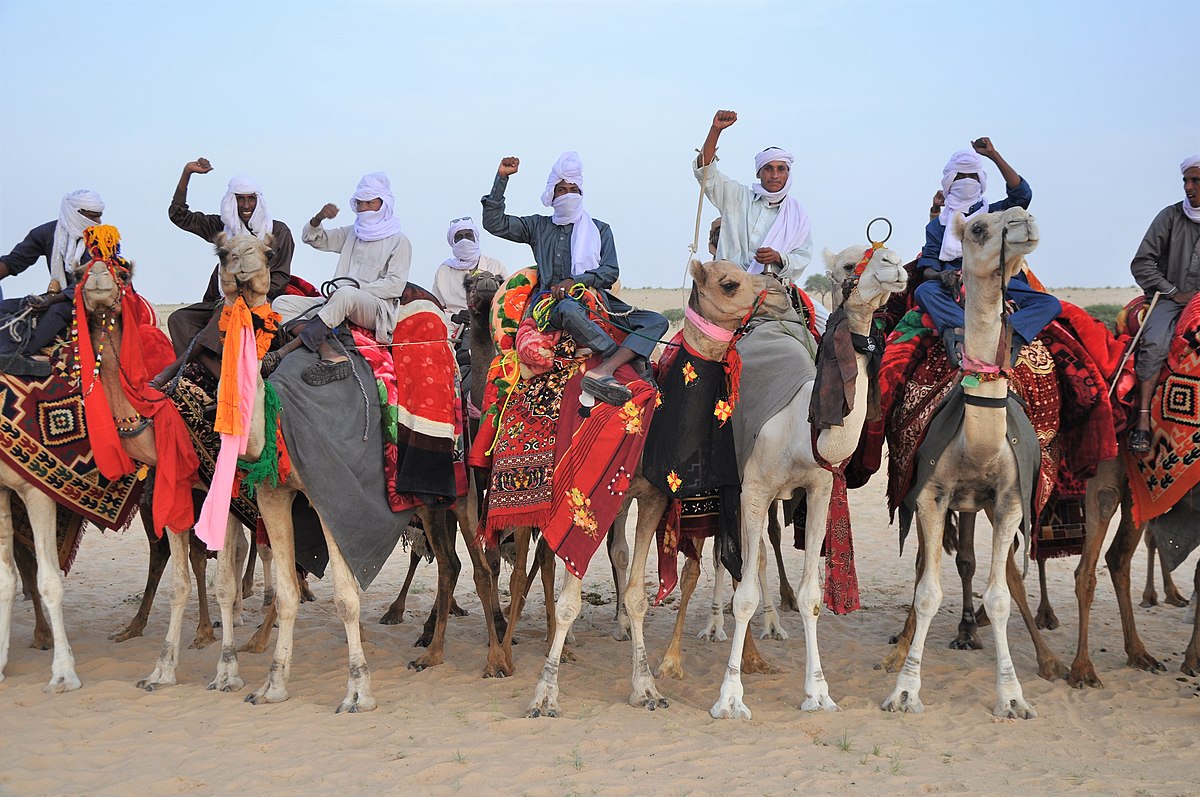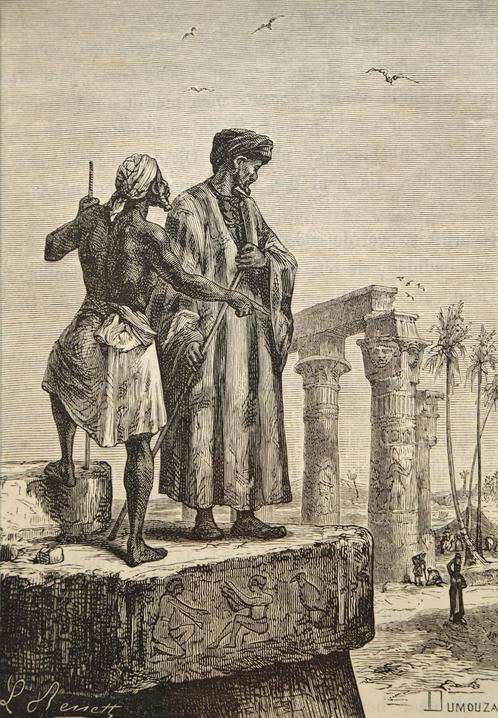The Tuaregs in the West are called blue people and are represented in the game by two countries, Timbuktu and Air.
First, the Tuareg culture covers far too many provinces.
Tuareg culture should also be transferred to the Maghrebi cultural group.
Here are the changes that have occurred on the map.

The northern tuareg tribes are divided into.
Ajjer and Ahaggar.
Ahaggar is a vassal of Ajjer.
Ajjer is ruled by the Imanan dynasty which resides in the city of Djanet or by the Uraghen dynasty.
Additionally, east of Ajjer, there is the new Toubou country which includes the Tibesti Mountains.

 en.wikipedia.org
en.wikipedia.org
The southern Tuareg tribes are divided into the three countries of Air, Adagh and Timbuktu, the name of the timbuktu was changed to Maghsharan

An added bonus is the Mauritanian region featured in a thread by JKiller96.

 forum.paradoxplaza.com
forum.paradoxplaza.com

Information in French:

 journals.openedition.org
journals.openedition.org

 books.openedition.org
books.openedition.org
 fr.wikipedia.org
Information in German:
fr.wikipedia.org
Information in German:
Information in English:

 en.wikipedia.org
en.wikipedia.org
 en.wikipedia.org
en.wikipedia.org
 en.wikipedia.org
en.wikipedia.org
First, the Tuareg culture covers far too many provinces.
Tuareg culture should also be transferred to the Maghrebi cultural group.
Here are the changes that have occurred on the map.

The northern tuareg tribes are divided into.
Ajjer and Ahaggar.
Ahaggar is a vassal of Ajjer.
Ajjer is ruled by the Imanan dynasty which resides in the city of Djanet or by the Uraghen dynasty.
The oasis in southern Tassili n'Ajjer was a kind of capital for the Tuareg of the Kel Ajjer Confederation until the late 19th century . The noble clan of Imanan resided in Djanet, whom European travelers referred to as the sultans of the northern Tuareg. The Imanan put their name in an etymological context with the Islamic term " Imam " and led the origins of their gender to the Prophet Mohammedback. This line of descent is of course fictional and primarily served to justify the supremacy of the naturally weak ruling families of the Tuareg (Imenokalin). The real weakness of the ruling dynasty is shown by the fact that its members were not allowed to leave Djanet and that the real power lay in the hands of the Uraghi dynasty.

 de.wikipedia.org
de.wikipedia.org

Djanet – Wikipedia
 de.wikipedia.org
de.wikipedia.org

Toubou people - Wikipedia
The southern Tuareg tribes are divided into the three countries of Air, Adagh and Timbuktu, the name of the timbuktu was changed to Maghsharan

An added bonus is the Mauritanian region featured in a thread by JKiller96.

Mauritania Revisited
About 5 or so years ago, I posted a suggestion on how we could represent Mauritania in EU4. Eu4's representation of Mauritania at the moment is quite minimal; This representation has quite a few issues. It repesents that no cities were in this...

Information in French:

Djanet
Ensemble de trois oasis (Adjahil, El-Mihane, Azellouaz), situées de part et d’autre de l’oued Edjéréou (Eğerew), à environ 2 000 Km au sud est d’Alger (par la route) et à 1 200 km à l’est de Ouargl...

L’enseignement de la langue touarègue en Ahaggar et en Ajjer
La différenciation entre l’Ajjer et l’Ahaggar comme deux confédérations indépendantes l’une de l’autre remonterait au xviie siècle1, à la disparition de Goma, le dernier amenukal des Imanan, suivie par l’avènement de Ag Tin Akarbas, le fondateur de la chefferie des Iwraghen, même si, depuis...
Ajjers — Wikipédia
 fr.wikipedia.org
fr.wikipedia.org
Information in English:

Iwellemmedan people - Wikipedia
 en.wikipedia.org
en.wikipedia.org
Kel Adagh - Wikipedia
Kel Adagh - Wikipedia
Last edited:
- 11
- 2
- 1









